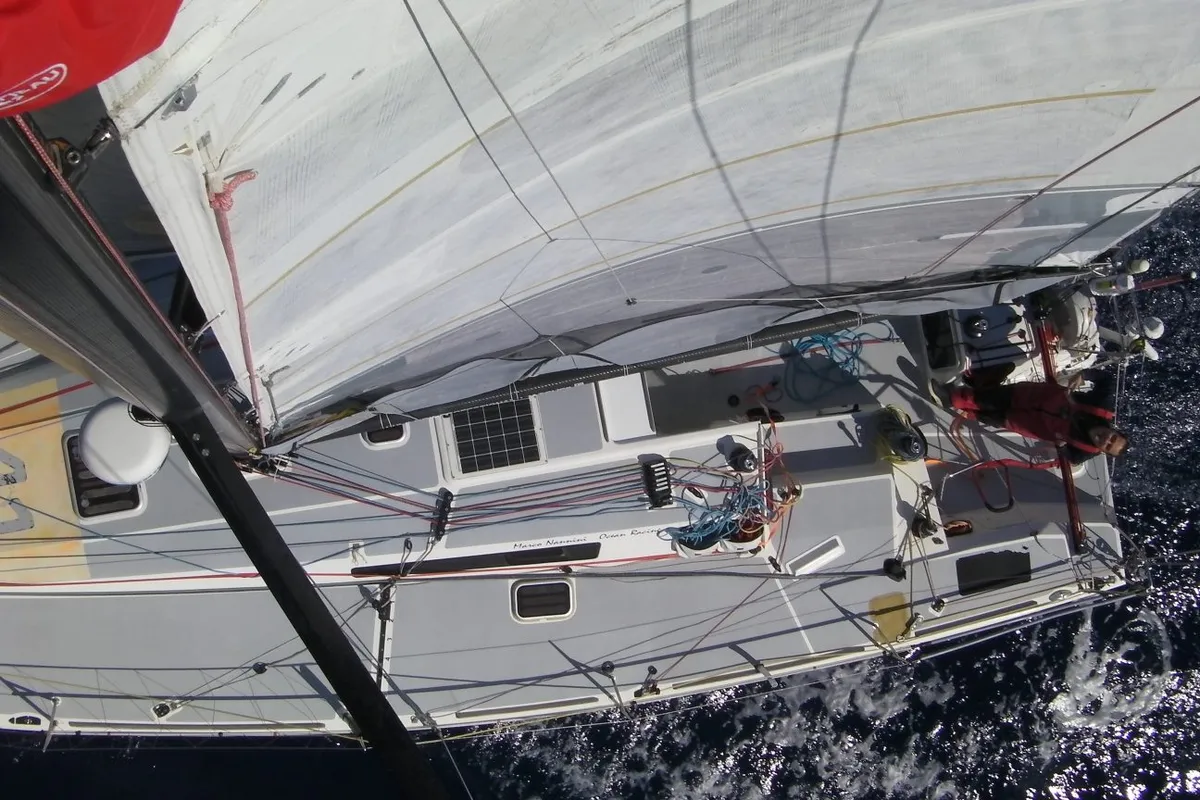In the majority of sailing events, where different types of boats compete, there is normally a handicap system so as to give every competitor a fighting chance to win. A common system that is used is based on the boat’s International Rating Certificate (IRC), where the certified Time Corrector (TCC), the Rating, is applied after the end of the race to the time of each yacht, to work out who has won. There are many other well known rating systems.
Each boat’s TCC rating is calculated using a formula. The calculations take into account the measurements of the boat; her length, weight, draft, rig size, sail area, and specific characteristics and features e.g. keel design. The resulting time corrector, the boat’s TCC, is her handicap (rating). The higher the TCC figure, the faster the boat’s potential speed. IRC TCCs range from 0.750 to 2.000, with the majority of cruiser/racers between 0.900 and 1.100.
Applying this handicap system, after the finish, has the effect that the start of any race is generally far more interesting for spectators and followers than the finish. The starts become a mass of boats jockeying for position to cross the start line in the optimum position and so many times, one sees boats collide, rules and penalties invoked and tempers fraying.
Barring any upsets, the fastest boats will cross the line first and then there is a gentle parade of yachts crossing the finish line, hours if not days apart, but even at this point nobody will know who has won that particular race until the handicap system is applied (except for the line honours prize of course).
For the 2023 Global Solo challenge, we wanted the finish to be more exciting for the followers of the race, for spectators and for the sailors themselves. We have, therefore, adopted a system whereby the handicap is applied at the start of the event, in other words, the slower boats will have a head start. The concept is not new, handicapping exists in many sports. Yacht clubs often organise pursuit rallies with this format, but this has never been attempted during a circumnavigation.
We have applied a mathematical approach for starting the boats in a number of groups so that there will hopefully be some parity between them. The boat performance will be assessed based on boat performance characteristics and/or IRC certificates and/or other handicapping systems.
The boats will leave the home port of A Coruña, Spain in groups based on their performance (rating) and implied optimal circumnavigation time. The first boats will leave on 2nd September 2023, then subsequent groups will leave with staggered departures at weekly intervals with the fastest performance boats not leaving until 19th November 2023, 11 weeks later.
If this system works and our dreams come true, the fleet will compress during the event and the boats with a chance to win should be sailing back to A Coruña at the same time. This format will be great for people to follow as the slower boats are closed in on by the higher-rated boats and then hopefully the conclusion of the race will become exciting for spectators, followers and indeed the yachtsmen themselves.
So who will win – The tortoise or the hare?
Click here for more on the Global Solo Challenge
Text: Dave Proctor/Image GSC
